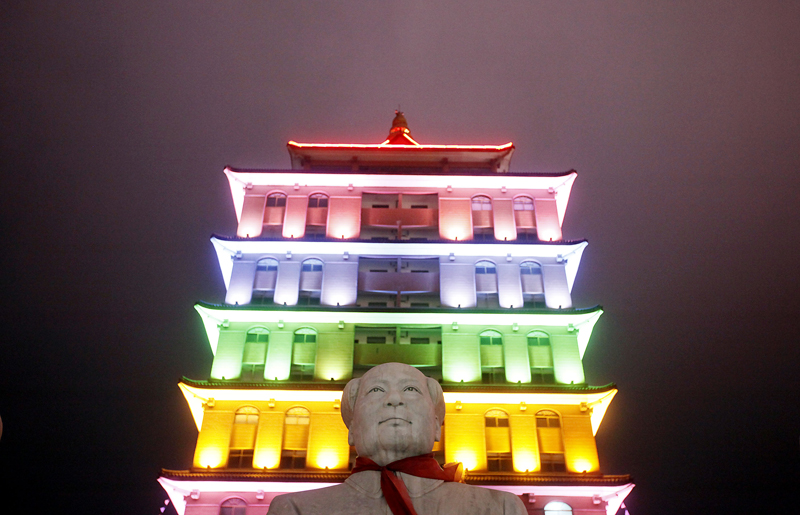
This Aug. 11, 2009 photo shows a statue of Mao Zedong in front of an illuminated pagoda-shape building in Huaxi, Jiangsu Province, China. (AP Photo/Eugene Hoshiko)
Mañana se celebra el 60 aniversario de la fundación de la Republica Popular China. Dentro de este contexto la agencia Associated Press, Ap para los amigos, ha enviado esta comparativa de imágenes antiguas y modernas de la aldea de Huaxi.
Huaxi es considerada oficialmente la ciudad más rica de toda China. Su potencia industrial y su atractivo turístico hacen de ella un símbolo de la china actual y del desarrollo del país durante estos 60 años. Buen trabajo el de la agencia americana Ap de recuperar las fotos antiguas y el reportaje de su fotógrafo Eugene Hoshiko y enviarlo por su servicio. Este tipo de ediciones ligadas a la actualidad es algo que siempre se agradece desde las mesas de edición.
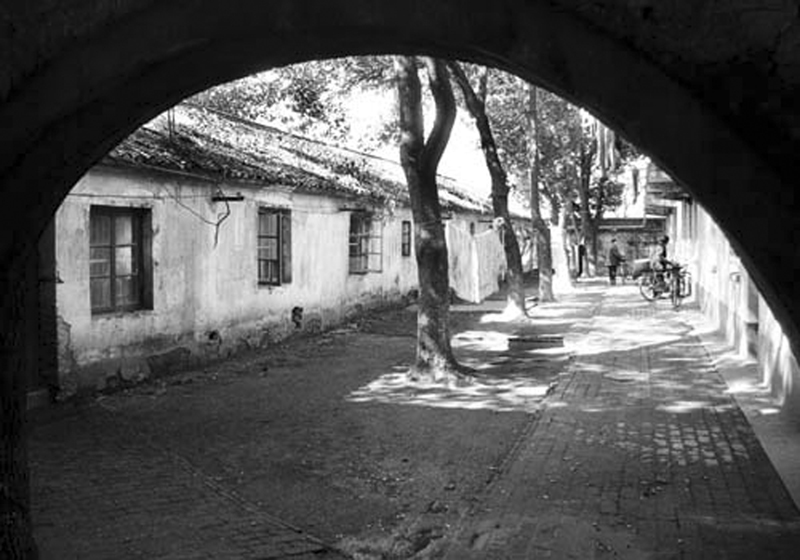
This 1960's photo released by Huaxi Village, shows the first generation of houses built in Huaxi, Jiangsu Province, China. Huaxi, though an extreme example, is emblematic of China 60 years after the Communist Party came to power on Oct. 1, 1949. After decades of denouncing free markets and then embracing them, the country is a distinctive patchwork of capitalism with communist characteristics, all anchored by a strong dose of practicality. (AP Photo/Huaxi Village) **NO SALES**
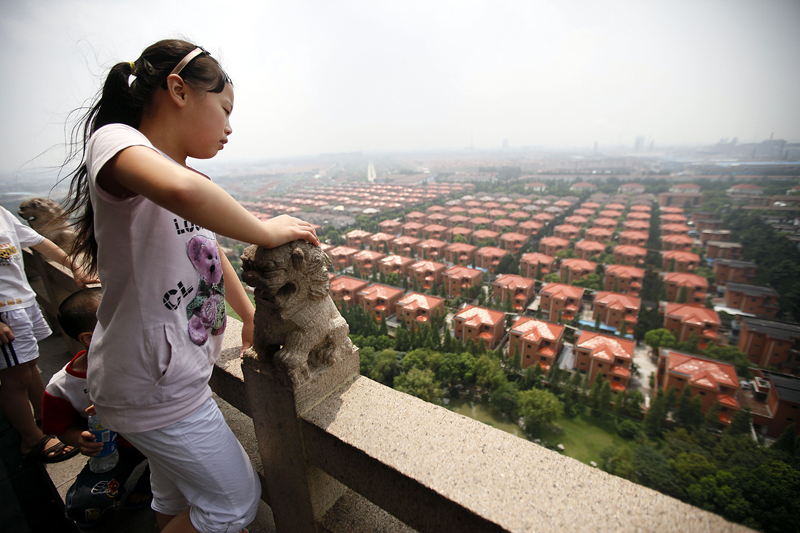
This Aug. 12, 2009 photo shows a young girl observing the general view of Huaxi, Jiangsu Province, China. Huaxi, though an extreme example, is emblematic of China 60 years after the Communist Party came to power on Oct. 1, 1949. After decades of denouncing free markets and then embracing them, the country is a distinctive patchwork of capitalism with communist characteristics, all anchored by a strong dose of practicality. (AP Photo/Eugene Hoshiko)
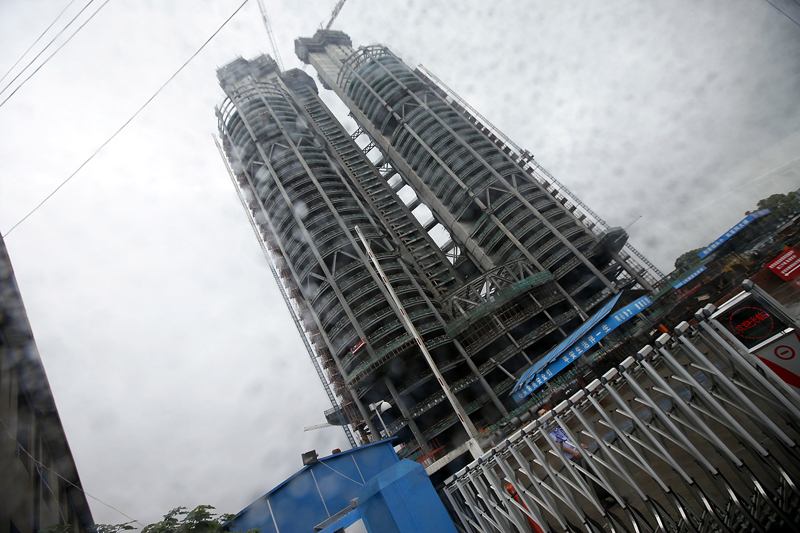
This Aug. 10, 2009 photo shows the tallest building in Huaxi, Jiangsu Province, China. Huaxi, though an extreme example, is emblematic of China 60 years after the Communist Party came to power on Oct. 1, 1949. After decades of denouncing free markets and then embracing them, the country is a distinctive patchwork of capitalism with communist characteristics, all anchored by a strong dose of practicality. (AP Photo/Eugene Hoshiko)
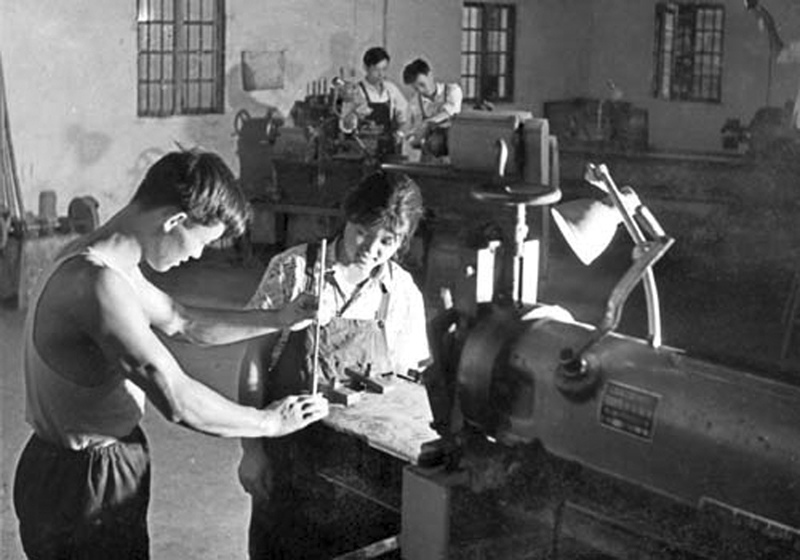
This 1969 photo released by Huaxi Village, shows workers being taught at a hardware factory in Huaxi, Jiangsu Province, China. Huaxi, though an extreme example, is emblematic of China 60 years after the Communist Party came to power on Oct. 1, 1949. After decades of denouncing free markets and then embracing them, the country is a distinctive patchwork of capitalism with communist characteristics, all anchored by a strong dose of practicality. (AP Photo/Huaxi Village) **NO SALES**
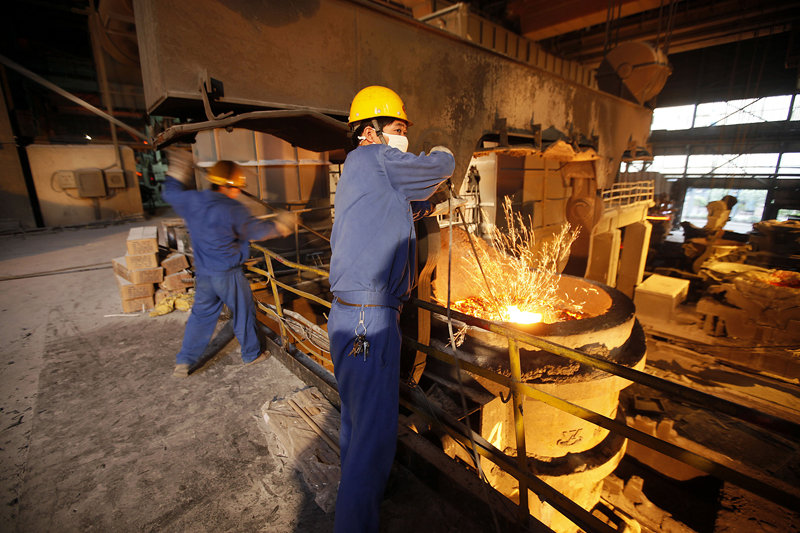
This Aug. 11, 2009 photo shows laborers working at Huaxi No. 2 steel and iron construction material company in Huaxi, Jiangsu Province, China. Huaxi, though an extreme example, is emblematic of China 60 years after the Communist Party came to power on Oct. 1, 1949. After decades of denouncing free markets and then embracing them, the country is a distinctive patchwork of capitalism with communist characteristics, all anchored by a strong dose of practicality. (AP Photo/Eugene Hoshiko)
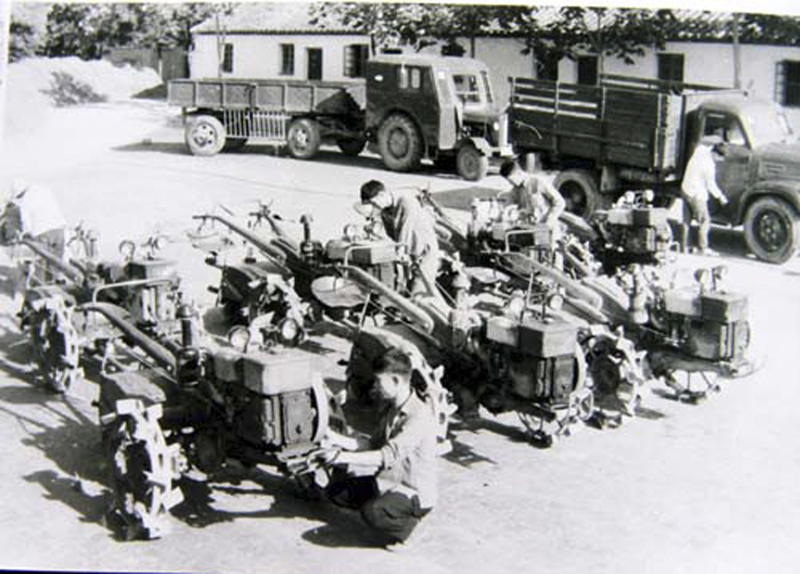
This 1960's photo released by Huaxi Village, shows villagers adjusting tractors during the farming harvest season in Huaxi, Jiangsu Province, China. Huaxi, though an extreme example, is emblematic of China 60 years after the Communist Party came to power on Oct. 1, 1949. After decades of denouncing free markets and then embracing them, the country is a distinctive patchwork of capitalism with communist characteristics, all anchored by a strong dose of practicality. (AP Photo/Huaxi Village) **NO SALES**

This Aug. 11, 2009 photo shows two men riding a moped through a residential area of Huaxi, Jiangsu Province, China. Huaxi, though an extreme example, is emblematic of China 60 years after the Communist Party came to power on Oct. 1, 1949. After decades of denouncing free markets and then embracing them, the country is a distinctive patchwork of capitalism with communist characteristics, all anchored by a strong dose of practicality. (AP Photo/Eugene Hoshiko)
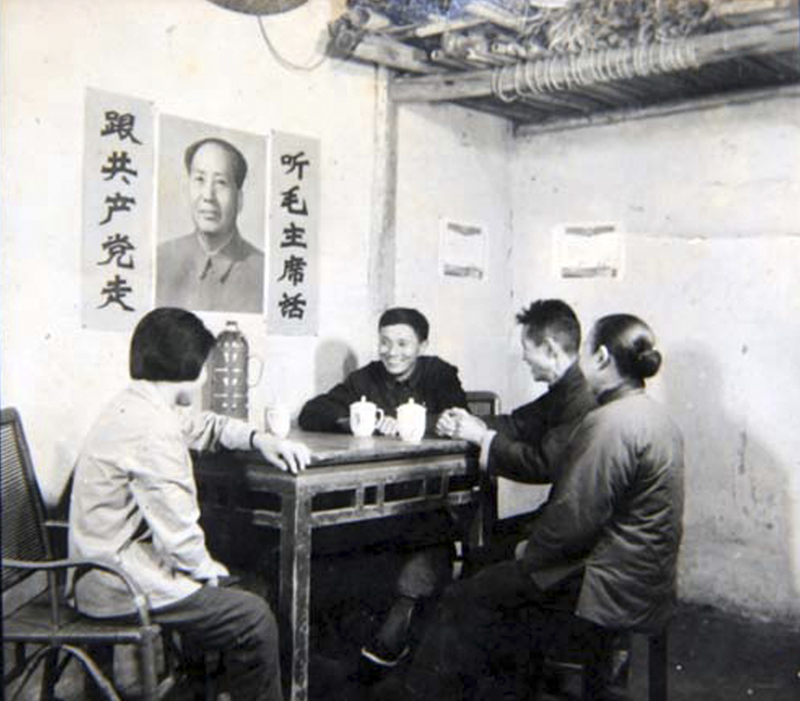
This 1960's photo released by Huaxi Village, shows communist party secretary Wu Renbao, center, visiting villager Wu Jisheng at his house in Huaxi, Jiangsu Province, China. (AP Photo/Huaxi Village)
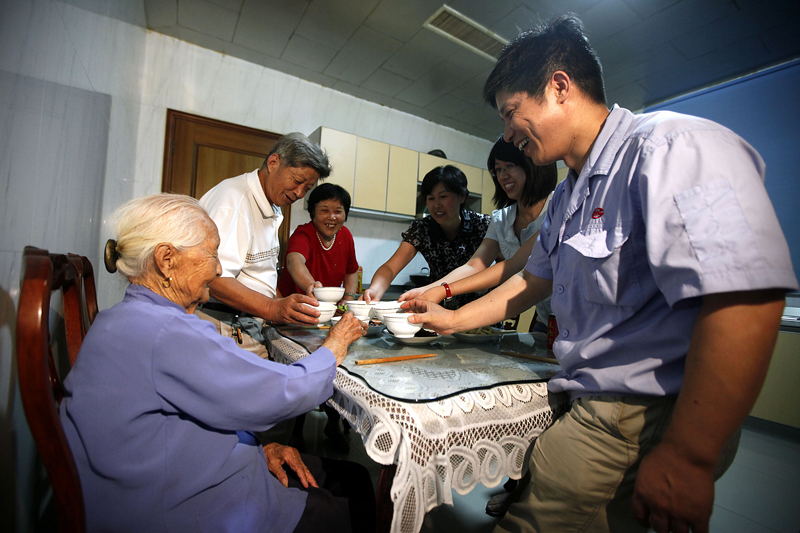
This Aug. 10, 2009 photo shows from right to left, Li Manjin, her son Zhu Shanda, daughter-in law Wu Cuiqin, grand daughter-in-law Wu Xiuqin, great grand daughter Zhu Mingxin and grand son Zhu Zhongliang at her 100th birthday at their home in Huaxi, Jiangsu Province, China. Huaxi, though an extreme example, is emblematic of China 60 years after the Communist Party came to power on Oct. 1, 1949. After decades of denouncing free markets and then embracing them, the country is a distinctive patchwork of capitalism with communist characteristics, all anchored by a strong dose of practicality. (AP Photo/Eugene Hoshiko)

This 1976 photo released by Huaxi Village, shows a family eating in Huaxi, Jiangsu Province, China. Huaxi, though an extreme example, is emblematic of China 60 years after the Communist Party came to power on Oct. 1, 1949. After decades of denouncing free markets and then embracing them, the country is a distinctive patchwork of capitalism with communist characteristics, all anchored by a strong dose of practicality. (AP Photo/Huaxi Village) **NO SALES**
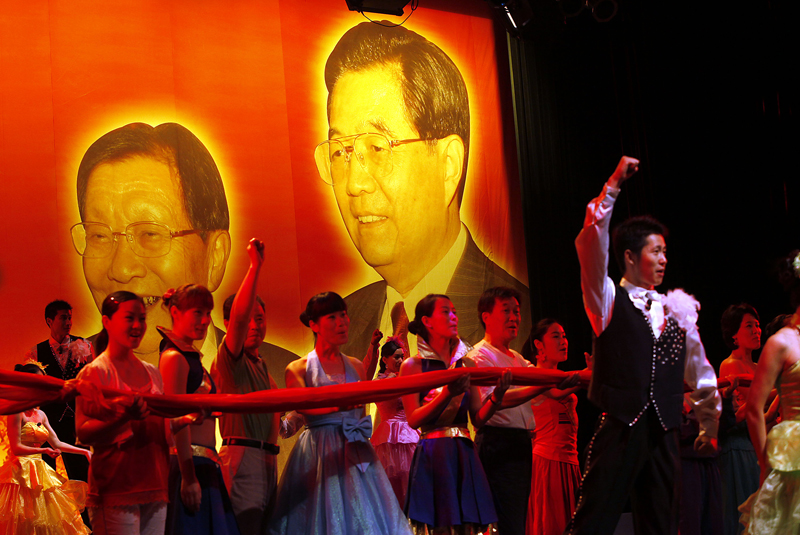
This Aug. 11, 2009 photo shows artists performing a musical titled " Huaxi, Miracle of the World " in Huaxi, Jiangsu Province, China. Huaxi, though an extreme example, is emblematic of China 60 years after the Communist Party came to power on Oct. 1, 1949. After decades of denouncing free markets and then embracing them, the country is a distinctive patchwork of capitalism with communist characteristics, all anchored by a strong dose of practicality. (AP Photo/Eugene Hoshiko)
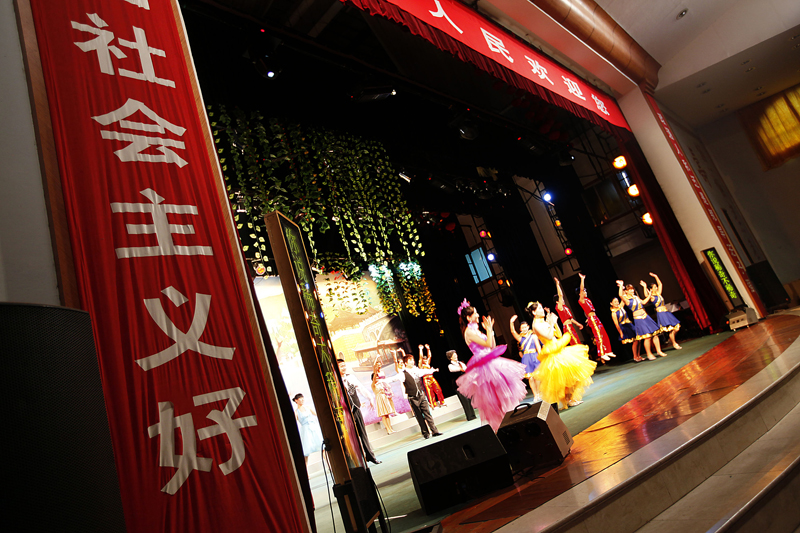
This Aug. 11, 2009 photo shows visitors artists performing a musical titled " Huaxi, Miracle of the World " in Huaxi, Jiangsu Province, China. Huaxi, though an extreme example, is emblematic of China 60 years after the Communist Party came to power on Oct. 1, 1949. After decades of denouncing free markets and then embracing them, the country is a distinctive patchwork of capitalism with communist characteristics, all anchored by a strong dose of practicality. (AP Photo/Eugene Hoshiko)
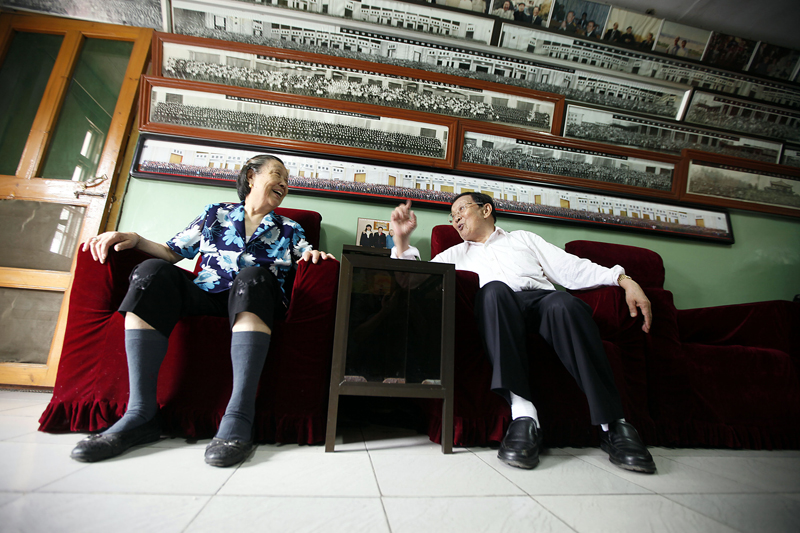
This Aug. 12, 2009 photo shows Wu Renbao, former party secretary, speaking to his wife Zhao Gendi in Huaxi, Jiangsu Province, China. Huaxi, though an extreme example, is emblematic of China 60 years after the Communist Party came to power on Oct. 1, 1949. After decades of denouncing free markets and then embracing them, the country is a distinctive patchwork of capitalism with communist characteristics, all anchored by a strong dose of practicality. (AP Photo/Eugene Hoshiko)
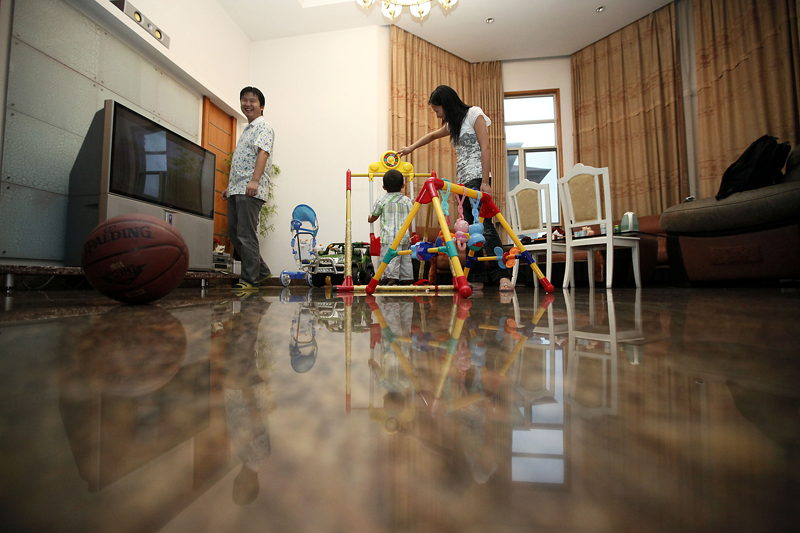
This Aug. 11, 2009 photo shows Long Jin and his wife Li Yan, playing with their son Long Chengming at their European style villa in Huaxi, Jiangsu Province, China. Huaxi, though an extreme example, is emblematic of China 60 years after the Communist Party came to power on Oct. 1, 1949. After decades of denouncing free markets and then embracing them, the country is a distinctive patchwork of capitalism with communist characteristics, all anchored by a strong dose of practicality. (AP Photo/Eugene Hoshiko)
Comentarios
<% if(canWriteComments) { %> <% } %>Comentarios:
<% if(_.allKeys(comments).length > 0) { %> <% _.each(comments, function(comment) { %>-
<% if(comment.user.image) { %>
![<%= comment.user.username %>]() <% } else { %>
<%= comment.user.firstLetter %>
<% } %>
<% } else { %>
<%= comment.user.firstLetter %>
<% } %>
<%= comment.user.username %>
<%= comment.published %>
<%= comment.dateTime %>
<%= comment.text %>
Responder
<% if(_.allKeys(comment.children.models).length > 0) { %>
<% }); %>
<% } else { %>
- No hay comentarios para esta noticia.
<% } %>
Mostrar más comentarios<% _.each(comment.children.models, function(children) { %> <% children = children.toJSON() %>-
<% if(children.user.image) { %>
![<%= children.user.username %>]() <% } else { %>
<%= children.user.firstLetter %>
<% } %>
<% } else { %>
<%= children.user.firstLetter %>
<% } %>
<% if(children.parent.id != comment.id) { %>
en respuesta a <%= children.parent.username %>
<% } %>
<%= children.user.username %>
<%= children.published %>
<%= children.dateTime %>
<%= children.text %>
Responder
<% }); %>
<% } %> <% if(canWriteComments) { %> <% } %>